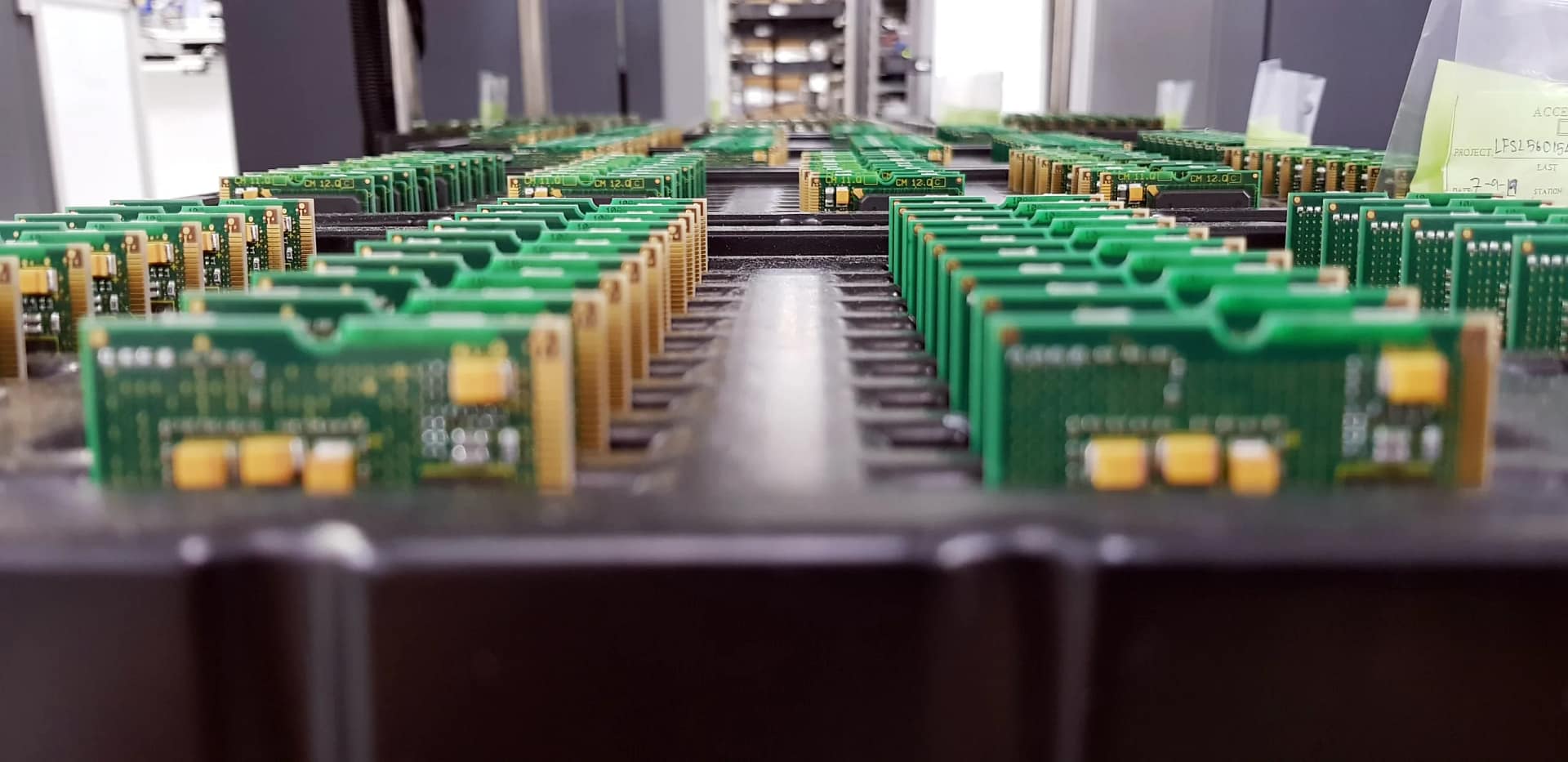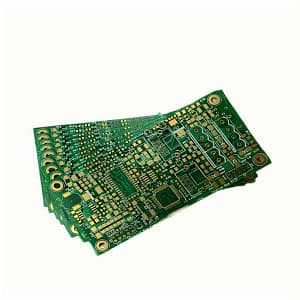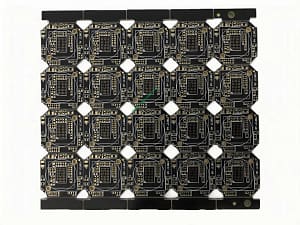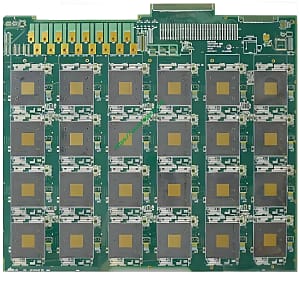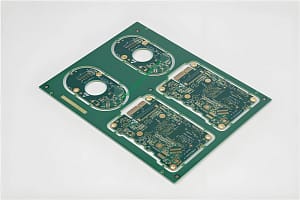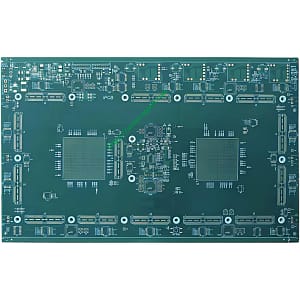Introduction to Different Solder Mask Colors Overview
Different solder mask colors are essential components in the manufacturing of แผงวงจรพิมพ์ (PCBS), playing a crucial role in protecting circuits and enhancing the aesthetic appeal of electronic devices. Available in a variety of materials, colors, and configurations, these solder masks cater to diverse application needs, สร้างความมั่นใจในประสิทธิภาพและความทนทานที่เชื่อถือได้.
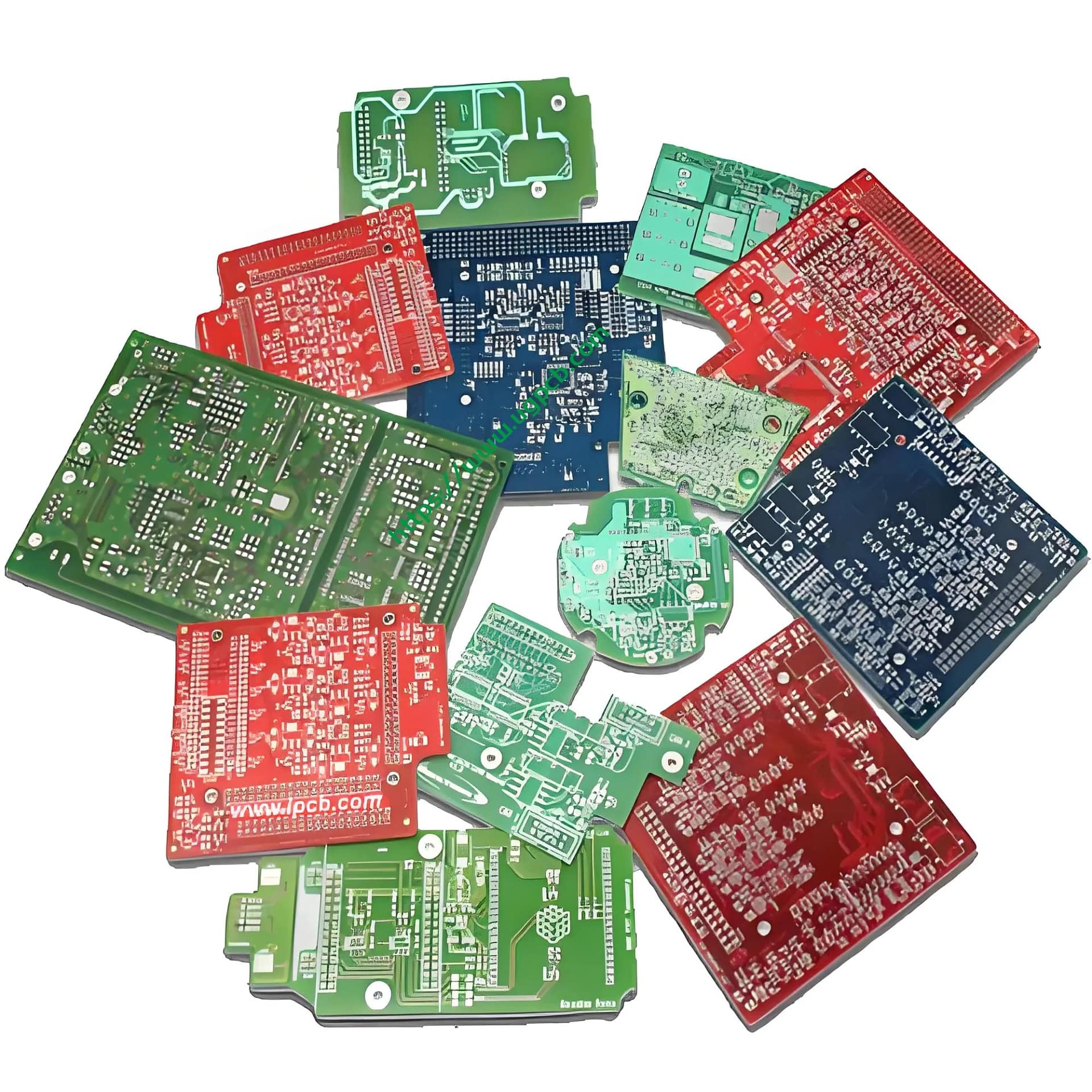
องค์ประกอบของวัสดุ
The Different solder mask colors are primarily made from two materials: FR-4 and เทฟล่อน.
- FR-4: A flame-retardant epoxy glass cloth laminate, known for its high mechanical strength, electrical insulation, and thermal resistance. It’s ideal for applications requiring high reliability and durability.
- เทฟล่อน: A polytetrafluoroethylene (ptfe) based material, renowned for its excellent chemical resistance, non-stick properties, and wide operating temperature range. Teflon is often used in specialized applications demanding high performance and corrosion resistance.
ลักษณะประสิทธิภาพ
These solder masks offer a range of performance characteristics tailored to meet different requirements:
- การกำหนดค่าเลเยอร์: Available in single-layer to PCB หลายชั้น configurations, enabling flexible design options for various electronic devices.
- Color Options: Multiple colors ensure aesthetic versatility, allowing manufacturers to match product designs with specific branding or aesthetic preferences.
- ความหนาสำเร็จรูป: ตั้งแต่ 0.1 to 6.0mm, offering flexibility in accommodating various PCB thicknesses and assembly processes.
- ความหนาของทองแดง: จาก 0.5 to 6OZ, ensuring compatibility with different current carrying capacities and design requirements.
- การรักษาพื้นผิว: Options include Gold and OSP (สารกันบูดที่สามารถบัดกรีได้แบบอินทรีย์), providing excellent solderability and corrosion resistance.
การออกแบบโครงสร้าง
The structural design of Different solder mask colors is optimized for functionality and durability:
- Min Trace and Space: With minimum trace and space widths of 1.5mil-4mil, these masks support high-density circuit layouts, essential for modern electronic devices.
- ความทน: The materials and processing techniques ensure the masks can withstand soldering temperatures and environmental stresses, maintaining integrity and protecting circuits over time.
กระบวนการผลิต
The production of Different solder mask colors involves several precise steps:
- PCB Preparation: ที่ base PCB material is prepared according to the specified layer configuration, ความหนา, and copper weight.
- แอปพลิเคชันมาสก์ประสาน: The chosen solder mask material (FR-4 or Teflon) is applied evenly over the PCB surface, either through screen printing, curtain coating, or dipping processes.
- Drying and Curing: The applied mask is dried and cured under controlled conditions to ensure adhesion and durability.
- Inspection and Testing: Quality control checks ensure the mask meets specifications, including visual inspections, thickness measurements, and solderability tests.
- การรักษาพื้นผิว: Final surface treatments like Gold plating or OSP application are carried out to enhance solderability and corrosion resistance.
สถานการณ์การใช้งาน
Different solder mask colors find extensive applications across various electronic products:
- อุปกรณ์อิเล็กทรอนิกส์สำหรับผู้บริโภค: From smartphones and tablets to laptops and wearables, these masks protect circuits and enhance the aesthetic appeal of consumer devices.
- อิเล็กทรอนิกส์อุตสาหกรรม: In automation systems, PLCs, and industrial controllers, the masks ensure reliable performance and longevity in harsh environments.
- อุปกรณ์อิเล็กทรอนิกส์ยานยนต์: In advanced driver assistance systems (ADAS), ระบบสาระบันเทิง, and other automotive electronics, the masks provide essential circuit protection and aesthetic uniformity.
- โทรคมนาคม: In routers, modems, and other telecommunications equipment, the masks support high-density circuit layouts and ensure signal integrity.
Different solder mask colors offer a versatile and reliable solution for protecting and enhancing the performance of electronic circuits, catering to the diverse needs of modern electronic devices.
 โลโก้ UGPCB
โลโก้ UGPCB
